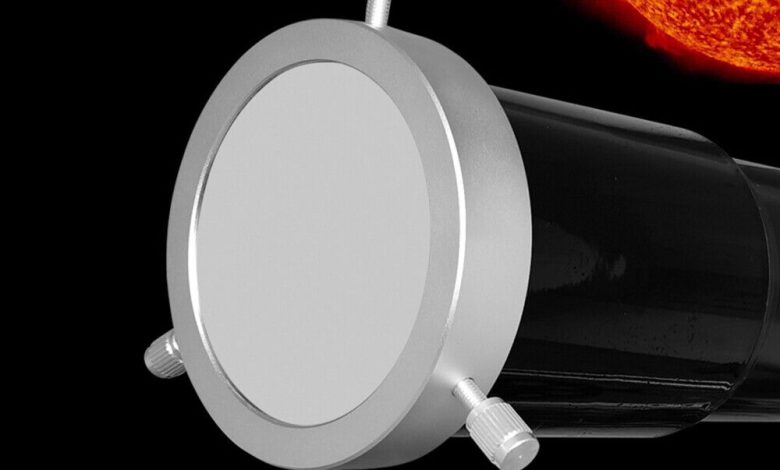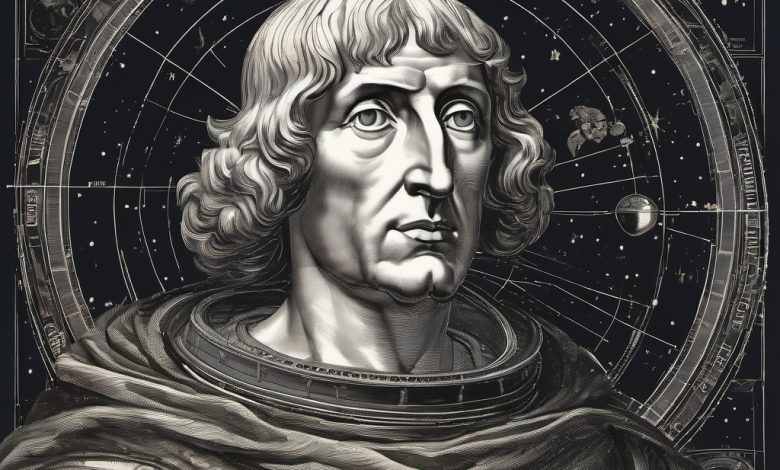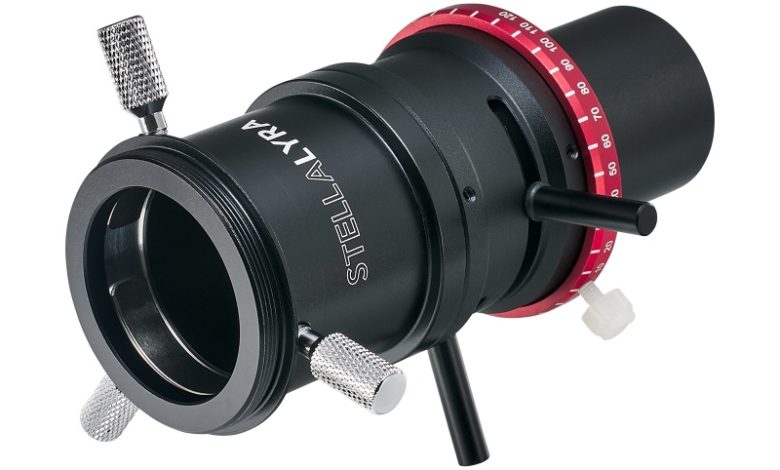-
Blog

Best Solar Filter For Telescopes
Observing the sun has never been more accessible or fascinating, thanks in large part to the advancements in solar filter technology. As the central star of our solar system, the sun offers a dynamic vista of solar phenomena—ranging from the mesmerizing dance of solar flares to the intricate patterns of sunspots. However, the intense brightness and potential harm posed by…
Read More » -
Blog

Top 10 Best Astronomy Books for Beginners
The allure of astronomy lies in its unique blend of scientific inquiry and poetic wonder which can be found in Astronomy Books for Beginners. Throughout history, the study of the cosmos has served as a bridge between the realms of philosophy, science, and art, demonstrating the interconnectedness of human endeavors. By turning our gaze upwards, we embark on a journey…
Read More » -
Blog

Renaissance in Modern Astronomy|16th Century Pioneer in Astronomy
The 16th century unfurled as an epoch of unparalleled transformation in the realm of astronomy, a period marked by profound shifts in understanding the cosmos. It was an era that witnessed the birth of modern astronomy through the groundbreaking contributions of three monumental figures: Tycho Brahe, Nicolaus Copernicus, and Johannes Kepler. These 16th century pioneer in astronomy challenged the long-standing…
Read More » -
Blog

The Ultimate Guide to Atmospheric Dispersion Correctors (ADC)
An Atmospheric Dispersion Corrector (ADC) is an essential tool for astrophotographers aiming to obtain crystal-clear images of celestial bodies. It compensates for the atmospheric dispersion effect that causes stars and planets to appear blurred or smeared in images. An ADC uses a pair of movable prisms to realign the dispersed light into a single focal point, thus sharpening the image…
Read More »
